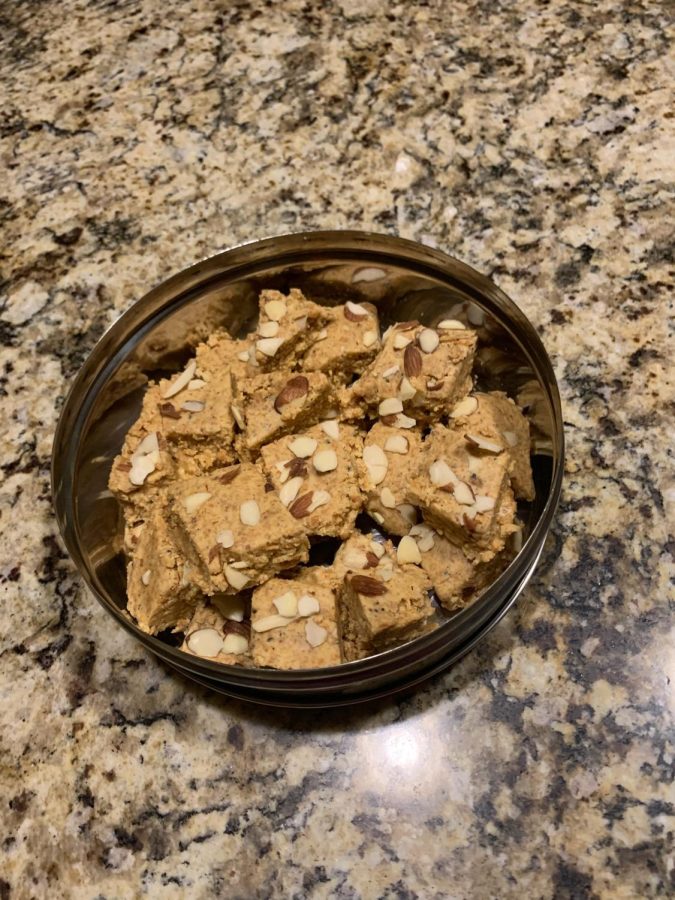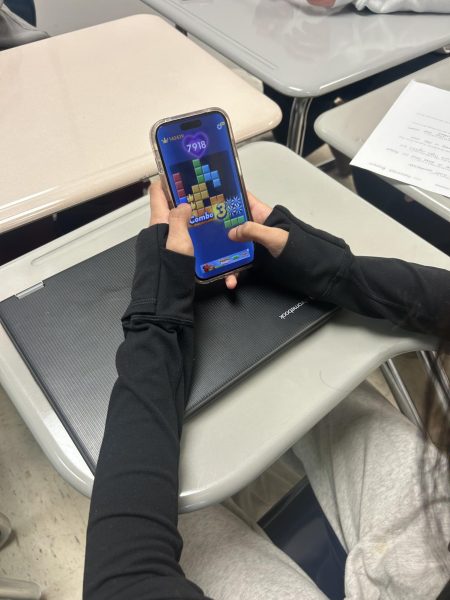November through January brings three months of special holiday traditions
From Thanksgiving and Christmas, to New Years, November through January is full of special holidays that each bring their own unique traditions and memories. Although these are the main holidays most think of as the holiday season approaches, this time of year is full of many more occasions celebrated around the world.
Diwali
Diwali is a Hindu holiday that typically occurs in October or November; however, the date changes annually based on the Hindu lunar calendar. Also known as “The Festival of Lights”, this year the holiday was celebrated on November 4.
“In the Hindu religion, Diwali is celebrated to commemorate Prince Ram’s return to his village, Ayodhya,” said East senior Jiya Patel. “While in exile with his wife, Princess Sita, and younger brother, Lakshman, Sita was captured by King Ravan. Ram defeated Ravan, also known as the demon king, and saved Sita. After this, diyas, a type of candle, were used to light the way home for Ram and celebrate his return,” said Patel.
Common traditions to celebrate Diwali include visiting family’s houses and exchanging sweets, making rangoli, and lighting diyas. “While visiting family we often eat sweets like ladoo and barfi,” said East senior Bansari Patel.
Hanukkah
This year the Jewish holiday Hanukkah was celebrated from November 28 to December 6, honoring the reclaiming of The Second Temple in Jerusalem.
According to History.com, Hanukkah is dedicated to celebrating the Maccabees’ victory against the Greek King Antiochus IV Epiphanes of the Seleucid Empire, who outlawed the Jewish religion in Judea (present day Israel).
While lighting the menorah to celebrate their victory, there was only enough olive oil for the candles to burn for one day, yet the flames remained for eight nights.
Opposed to a traditional menorah with seven branches, a hanukkiah is a menorah with nine branches. One branch is used to light the remaining eight, representing the eight days the oil lasted.
Common foods eaten during Hanukkah are latkes, similar to potato pancakes, and Sufganiyot, comparable to a fried jelly doughnut. Another common food is Hanukkah gelt. Although gelt means money, oftentimes kids will receive chocolate coins wrapped in gold foil.
The dreidel game is a popular Hanukkah tradition. Each side on the dreidel has a Hebrew letter, standing for the phrase “a great miracle has occurred.” Oftentimes dreidel is played with gelt, taking or putting chocolate into the pot, depending on which side the dreidel lands on.
Kwanzaa
According to History.com, “Dr. Maulana Karenga, professor and chairman of Black Studies at California State University, Long Beach, created Kwanzaa in 1966.”
The Watts Rebellion had just occurred in 1965, consisting of large riots in predominantly Black neighborhoods in Los Angeles, and Karenga was searching for a way to unite African Americans.
Kwanzaa takes place from December 26 – January 1, and each day a candle is lit on the kinara (candle holder with seven candles).
After a candle is lit, one of the seven principles created by Karenga is discussed.
Karenga created these seven principles as values of African culture that will harness community.
The first principle discussed is Umoja, meaning unity.
“Umoja urges a moral sensitivity and caring kinship with each other, other human beings, all living beings, and with the world itself,” said Karenga in his 2020 Annual Founder’s Message.
“The seventh principle, Imani, teaches us to believe in the good and our capacity to achieve it, share it, and leave it as a worthy legacy for those who come afterward,” said Karenga.
Along with the seven principles, there are also seven symbols used in Kwanzaa: Mkeka, (a woven mat), Kikombe cha Umoja, (unity cup), Mazao (crops), Kinara (candleholder), Mishumaa Saba (seven candles on the kinara), Muhindi (corn), and Zawadi (gifts).
Boxing Day
Celebrated by commonwealth countries: the United Kingdom and former British colonies, Boxing Day has two main origin stories.
Some believe that Boxing Day originated from a tradition of wealthy families, who allowed their servants take off the day following Christmas, as servants had to work on December 25.
Servants would receive boxes with money, gifts, or Christmas leftovers from their employers.
Another theory is that the holiday signifies when money collected in boxes from churches were distributed to those in need.
However, nowadays many view Boxing Day as a day to go shopping and splurge on sales.
East Junior, Rahee Ghayal used to live in Canada and shared her family’s take on the holiday.
“It’s very similar to Black Friday. My family and I would go out during the day and go shopping for the sales,” Ghayal said.
She explained a family tradition of hers, “Every year at the mall we would eat “beaver tails,” which are essentially churros in the shape of a beaver tail.”

Serena is a senior who has been a part of the X-Ray for all her years at East. She is the Features Editor and her favorite part about X-Ray is learning...






